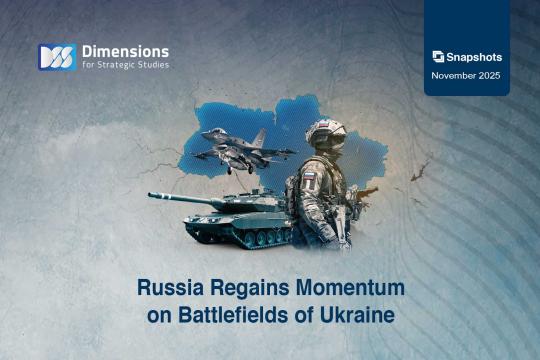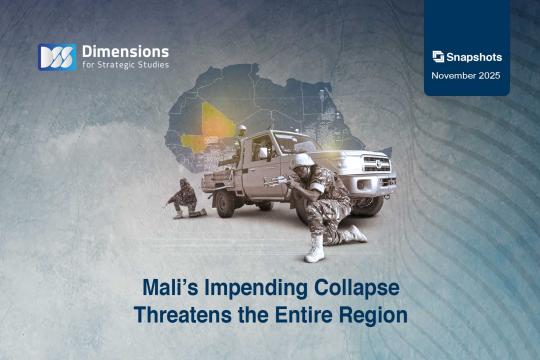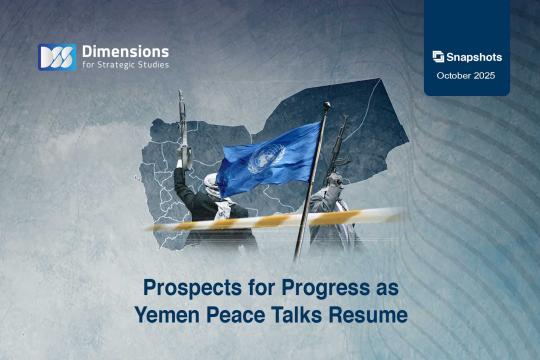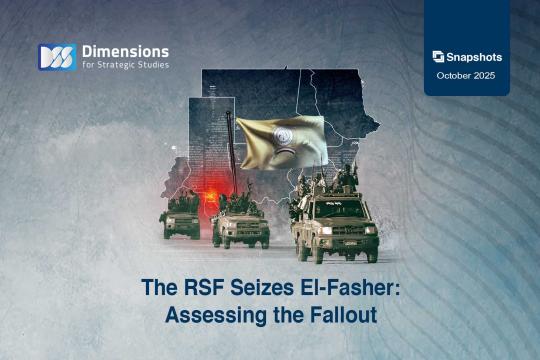
What Next for Iran after Raisi’s Death?
2024-05-242193 view
The death of Iranian President Ebrahim Raisi in a helicopter crash on May 20 has fueled much speculation about whether the incident could have been an assassination, whether planned by his rivals at home or enemies abroad. We may never know, but the event’s repercussions could rock the balance of power within the Iranian regime and have far-reaching, unpredictable implications for the country’s politics and society.
Finding a replacement for Raisi as head of the executive branch may not, in itself, be a difficult task for the Iranian elite. Although he was a trusted member of the regime’s inner nucleus and one of the most prominent security and judicial figures in the Islamic Republic, Raisi was more a symbol of political fragmentation than of national unity. He played the role of Ayatollah Ali Khamenei’s enforcer, ensuring that the legislative process and executive orders were in line with the Supreme Leader’s desires. Raisi’s departure will leave this role vacant, potentially unsettling the balance of power within the regime, sparking unhealthy competition between factions and political figures. It could even be a prelude to a change in the Iranian political system.
Raisi’s death could, for example, rupture the harmony of the Council of Experts, with implications for the course of governance in Iran. Raisi had served as the council’s Vice President in the last session. This status had placed him in a favorable position to succeed Khamenei as Supreme Leader, adding to his other advantages in this regard: he was also the only candidate who had experience in heading both the judicial and the executive branches, and he enjoyed the support of right-wing clerics and conservative members of parliament. He and Mojtaba Khamenei, the current Supreme Leader’s son, were often mentioned in the media and political circles as the two top candidates for the role.
Had he lived, and taken part in the May 21 process to select the president of the Council of Experts, he would an even stronger shot at winning the post.
One of the Council’s main tasks is to identify and vet those qualified for the Islamic Republic’s top job. The last election to the Council, held on March 1, may have been the most important such session for the next eight years, given the Supreme Leader’s age of 85.
While any suggestion that Khamenei’s son was behind Raisi’s death is pure speculation, his rival’s demise does strengthen his position as a potential successor to the Supreme Leader, taking on the legacy his father established since Iran’s 1979 Islamic Revolution. Despite certain legislative challenges, this scenario could even be a step in the direction of a system of hereditary religious leadership, and over the long term could even be a step towards Iran’s political system transforming from an Islamic theocratic quasi-democracy into a Shiite dynastic system.
Raisi’s death was also a major blow to certain factions and political parties. As a result of his departure, groups who have relied on him for decades—right-wing clerics in Khorasan Province, the conservative Popular Front of Islamic Revolutionary Forces, as well as more extremist fundamentalist groups—will lose their influence, and may have difficulty finding a suitable replacement to further their interests.
Conflicts within fundamentalist factions could also pose a major challenge to the regime. Rivalries between political figures in Iran is so intense that they often resort to propaganda and smear campaigns against each other, each using informants and journalists to portray their opponents as corrupt. This scenario has become a tradition in Iranian politics, most recently on display in the race for the presidency of parliament last year.
As for moderates, reformists, and other marginal factions, Raisi’s departure could push them out of their state of hibernation and prompt them to seek a role in running the country again, meaning they may become more prominent in the public sphere and engage again in the internal struggles within the ruling elite.
Legitimacy Crisis
Such a change of guard at the top of the regime and rebalancing of power would cause major disruptions in Iran’s political scene, possibly leading to deeper changes in its makeup. Factional efforts to expose scandals may also backfire by discrediting the regime as a whole, exacerbating the legitimacy crisis it faces among the broader public.
The regime’s lack of popular legitimacy has dogged it for years, if not decades. That crisis has worsened since the popular uprising of 2022 following the death in custody of 22-year-old Iranian student Mahsa Amini after she was arrested for not wearing a hijab. The resulting mass protests, under the slogan “Women, Life, Freedom” starkly highlighted the chasm between the ruling elite and the general public. Many people stopped participating in civic and political activities, as a form of protest and civil disobedience that further weakened the regime’s legitimacy.
Given these current circumstances, it will be difficult for Iran’s rulers to hold a presidential election without losing face and standing on the international stage. Mass boycotts of the presidential elections in 2021 and elections to parliament and the Council of Experts last year, which saw the lowest turnout since the founding of the Islamic Republic.
All this has given the regime a sense of urgency as moves towards elections for a new president, which under the constitution must be held within 50 days of Raisi’s death.
Given the limited time for campaigning and the candidates’ lack of active grassroots support, presidential hopefuls may be need to seek endorsement from the Office of the Supreme Leader—Iran’s highest ruling body—rather than relying on their own political influence.
Hence, the political figures with closest ties to the core of the regime and to the Islamic Revolutionary Guard Corps (IRGC), which controls Iran’s strategic and economic resources, will have the best chances of winning the post of president.
Likely presidential candidates include the following:
• Mohammad Bagher Ghalibaf, current speaker of Parliament.
• Muhammad Mokhber, senior IRGC figure, vice president and confidant of Khamenei.
• Ali Larijani, an Expediency Discernment Council member and former IRGC officer.
• Saeed Jalili, another Expediency Discernment Council member who also ran for president in 2021 but withdrew in favor of Raisi.
• Eshaq Jahangiri, a former vice president, minister and member of parliament.
Unexpected events can have surprising consequences. Whoever wins the post, a sudden change of president could shake the foundation of Iran’s already unstable political system, despite the regime’s scramble to preserve it. Raisi’s death could also change the way transitions of power operate in Iran over the long term.
The president’s death, in itself, does not mark a major change for the Iranian regime, but it may have set the scene for major transformations.





